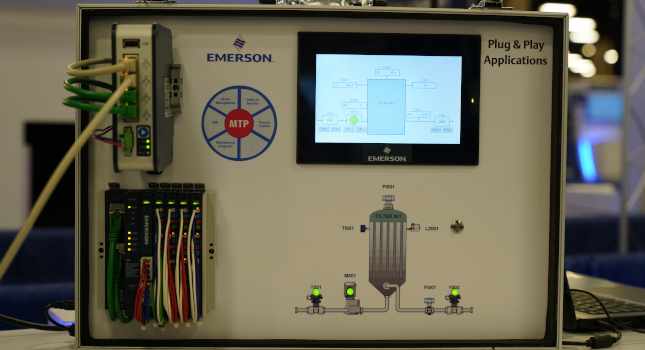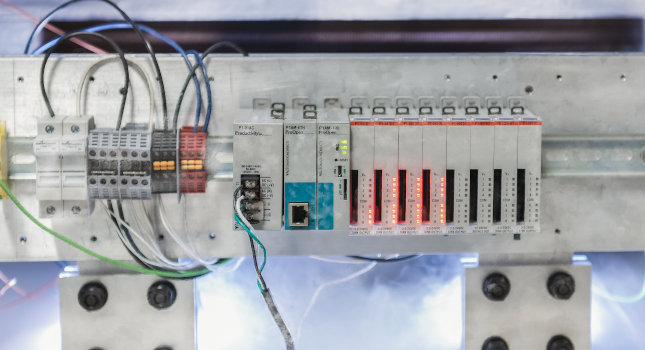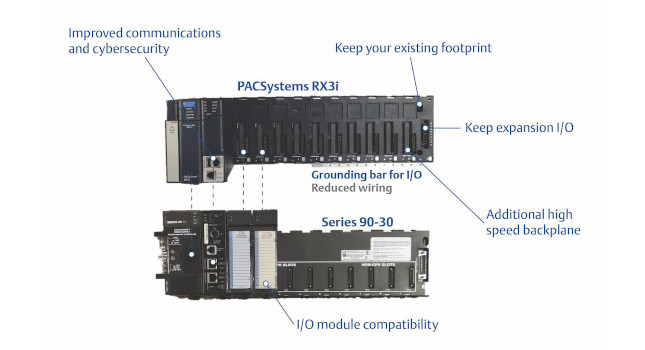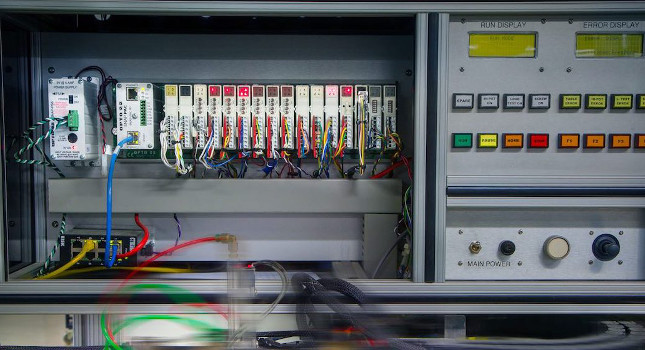Futurist Jack Uldrich sees what's coming next, and encourages manufacturers to jump on the trends while presenting at the MFG Meeting in Phoenix.

The idea that manufacturing has changed in the last decade comes as no big surprise. What futurist Jack Uldrich pointed out at the opening session of the MFG Meeting in Phoenix on March 6 was that the change is just starting, and the pace of change is about to accelerate. "You focus like a laser on what your job is today, and it is not a criticism that you are not aware of these changes," Uldrich said to more than 600 manufacturing leaders, "but if we want to future-proof ourselves we’re going to have to become aware of how little we’re seeing of the world around us."
The MFG Meeting brings together industry leaders from the Association for Manufacturing Technology (AMT), the Precision Metalforming Association (PMA), and the National Tooling and Machining Association (NTMA). Uldrich, whose title in his consultancy is "Founder and Chief Unlearning Officer" said the key to adapting to the rapid pace of change is the ability to step back and think about what is possible with new technology and new strategies. "We’re going to have to unlearn some things we know about our business and our customers," said Uldrich. "Technological forces are doubling every year, but where we are today is at the lower end of the curve. Our challenges is to understand how we’re growing exponentially."
Uldrich cited eight areas where manufacturing’s future already has arrived:
1. Wearable Technology: Products such as Google Glass won’t just be for casual visualization, but are already being used to connect end users with information and transmitting that information to third-party users around the world.
2. 3D manufacturing: Uldrich cited two examples: Nike already has produced a shoe using 3D printing with 80% less waste than through traditional production methods, while GE has made a fuel nozzle for a jet engine that reduced parts from 18 to one and is five times more durable. shoe made 80% less waste. "The types of materials used also are increasing," Uldrich said.
3. Nanotechnology: Uldrich said nano-enhanced materials could be a $100 billion industry by the end of the decade. "If you’re in the copper and steel industry, this could affect you," he said.
4. Robotics: Uldrich said the rate of adoption for robotics will mean millions of robots in manufacturing. They will be robots that will not just make products, but learn assembly procedures and learn to make them more efficiently. As robot prices some down, they will be more available to small and mid-sized manufacturers, which Uldrich said will allow them to stay competitive in the global marketplace.
5. Sensors: This is another market growing rapidly. Uldrich cited a Cisco estimates there will be 50 billion sensors on physical objects by 2020. "The Internet of Things is this idea of connecting physical things to the Internet," Uldrich said. "In the not-too-distant future, if your materials, tools and equipment and not able to talk to the Internet, you’ll be at a competitive disadvantage."
6. Computers: Computers of all sizes are going from billions to trillions, and they’re getting smaller, faster and more flexible. Uldrich noted that the IBM Watson supercomputer that beat two human contestants on "Jeopardy!" could do 70 billion calculations a second. That was two years ago. Today IBM has a supercomputer that can perform 16 quadrillion calculations a second, and the Japanese are close to a supercomputer that can perform 1 quintillion calculations per second. "Our tools are getting exponentially more powerful," Uldrich said. "We’re going to go from a world where we ask our devices questions to a world where our phones telling us things we need to know before we ask."
7. Big Data: Amazon doubling the efficiency of their plant simply by better collecting and evaluating data within its distribution centers. The rate of collecting, analyzing and acting on data is accelerating, which allows everyone real-time access to customer behaviors. That data is available to manufacturers of all sizes to utilize better service to customers and smarter manufacturing trends.
8. Collaborative consumption: Does everybody need one of everything? Customebehaviors also are changing, with concepts such as shared cars and shared rooms instead of rentals potentially impacting the construction of cars and hotels. Uldrich cited a company called Yertle, which suggests the idea that if neighbors shared items such as snowblowers and lawn mowers, American consumption might be reduced.
Navigating the rate of change has been difficult for many people, and Uldrich suggested that people need to change the way they think about change. "We all have to stay humble and understand that all things that were true are no longer true today," he said. "Your world is changing constantly, and you have to give yourself permission to read, to think about how world is changing. If you don’t pick up on these changes, you’re going to be locked up." Change happens, and it happens to all of us, and we have to have some humility about it," Uldrich added. "The riskiest thing to do is to play it safe. The safest thing to do is take risks."



